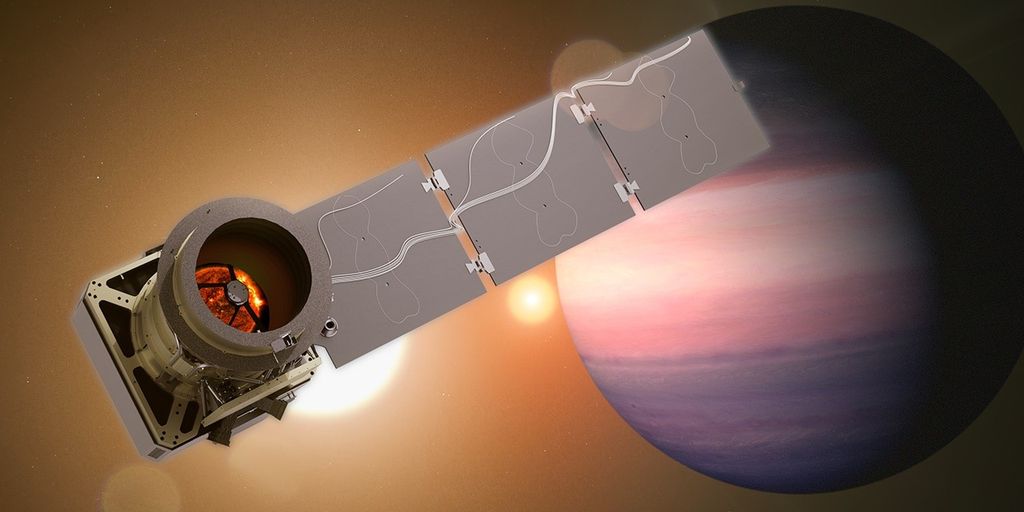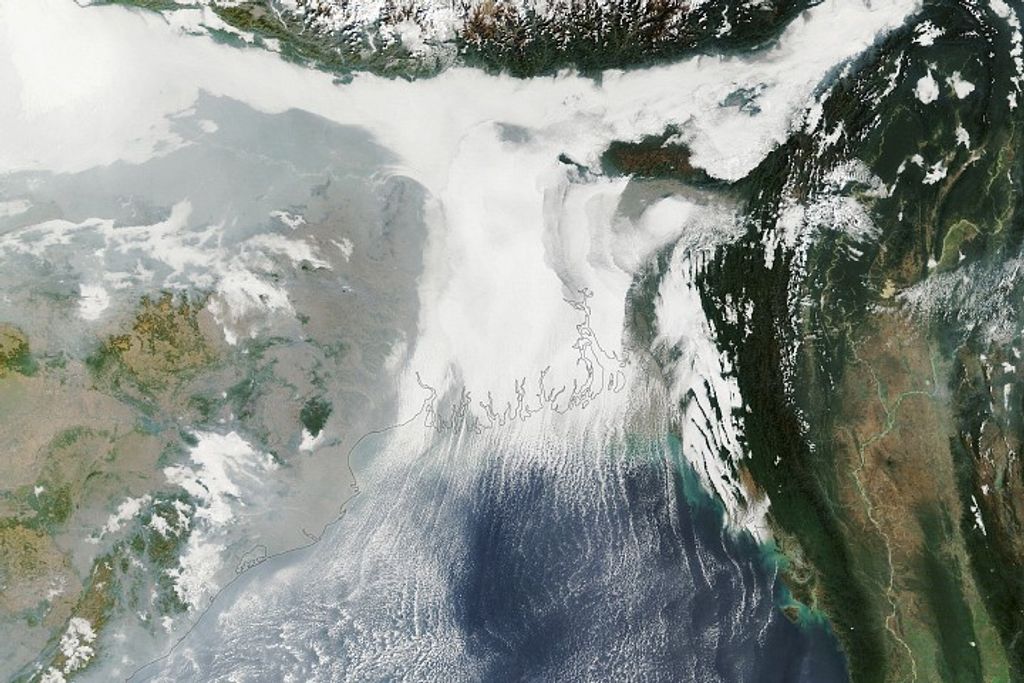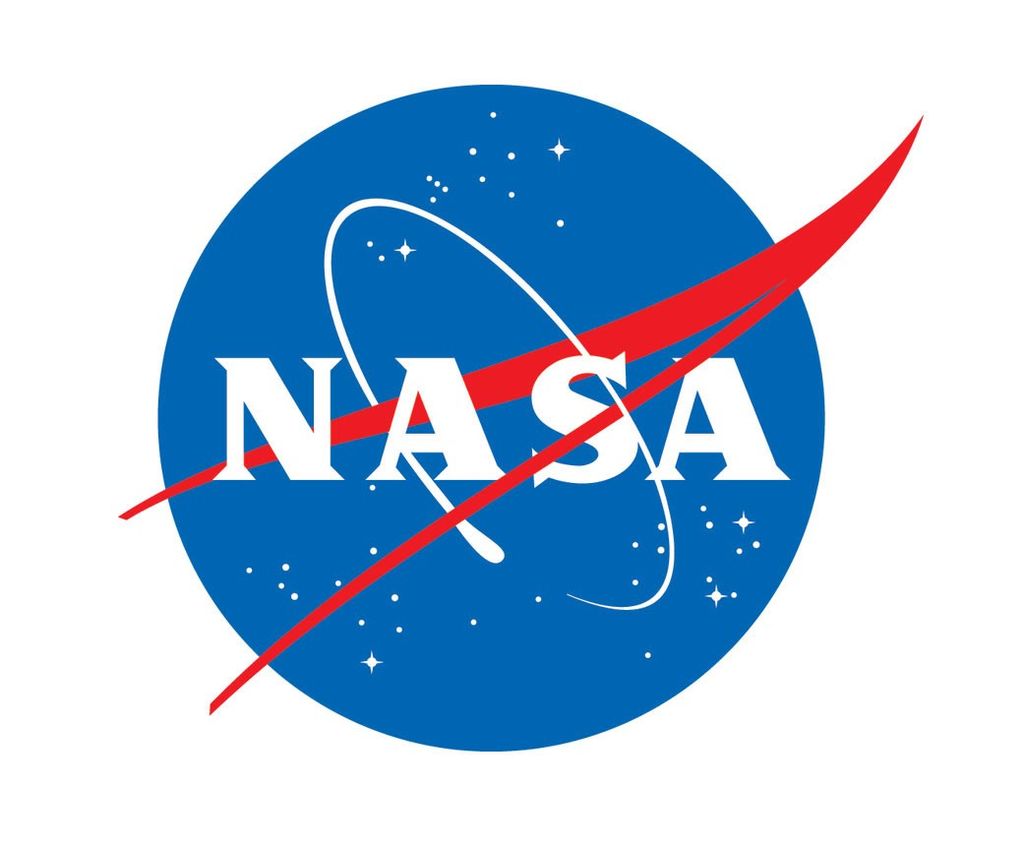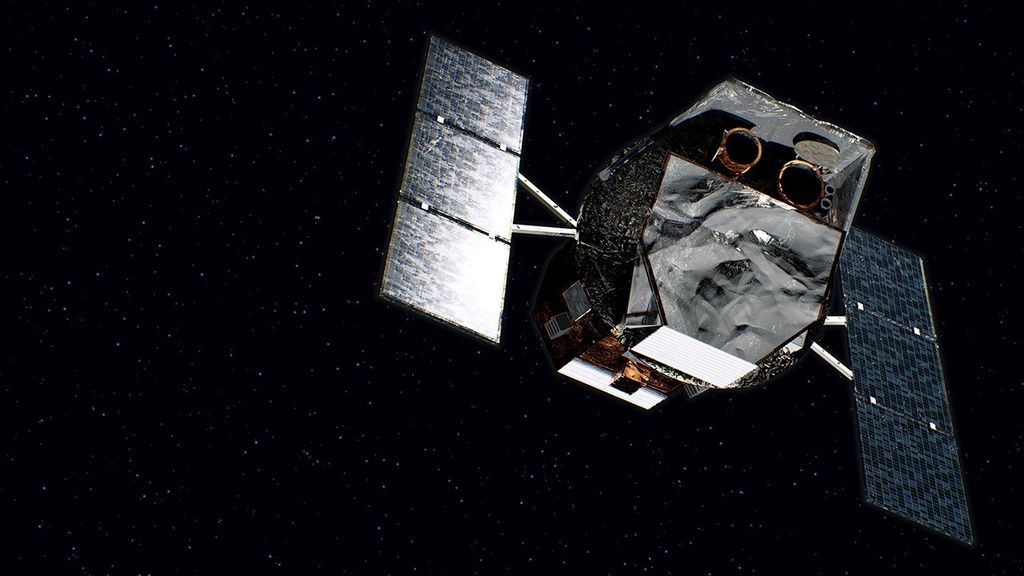1 min read
Four Proplyds in the Orion Nebula (Hubble)
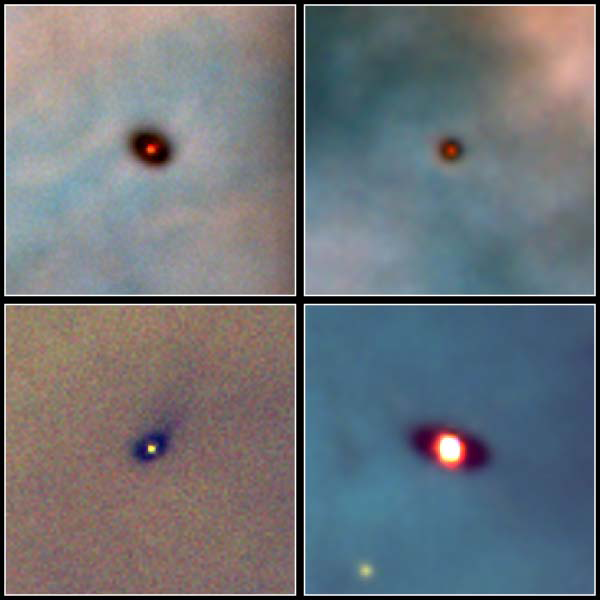
These are Hubble Space Telescope images of four protoplanetary disks around young stars in the Orion Nebula, approximately 1,300 light-years away. The disks range in size from two to eight times the diameter of our solar system. Astronomers spotted the disks in large-scale survey images of the Orion nebula taken with Hubble between January 1994 and March 1995.
About the Object
- R.A. PositionR.A. PositionRight ascension – analogous to longitude – is one component of an object's position.05h 35m 17.29s
- Dec. PositionDec. PositionDeclination – analogous to latitude – is one component of an object's position.-5° 23' 27.99"
- DistanceDistanceThe physical distance from Earth to the astronomical object. Distances within our solar system are usually measured in Astronomical Units (AU). Distances between stars are usually measured in light-years. Interstellar distances can also be measured in parsecs.The distance to the Orion Nebula is 1,500 light-years (460 parsecs).
About the Data
- InstrumentInstrumentThe science instrument used to produce the data.WFC2
- Object NameObject NameA name or catalog number that astronomers use to identify an astronomical object.Orion Nebula, M42, NGC 1976
- Object DescriptionObject DescriptionThe type of astronomical object.Protoplanetary disks in the Orion Nebula
- Release DateApril 30, 2020
- Science ReleaseNASA’s Webb Telescope to Unravel Riddles of a Stellar Nursery
- CreditImage: NASA, Mark McCaughrean (MPIA), C. O'Dell (Rice University)

Each picture is a composite of three images taken with Hubble's Wide Field and Planetary Camera 2, through narrow-band filters which admit the light of emission lines of ionized oxygen (represented here by blue), hydrogen (green), and nitrogen (red).
Related Images & Videos
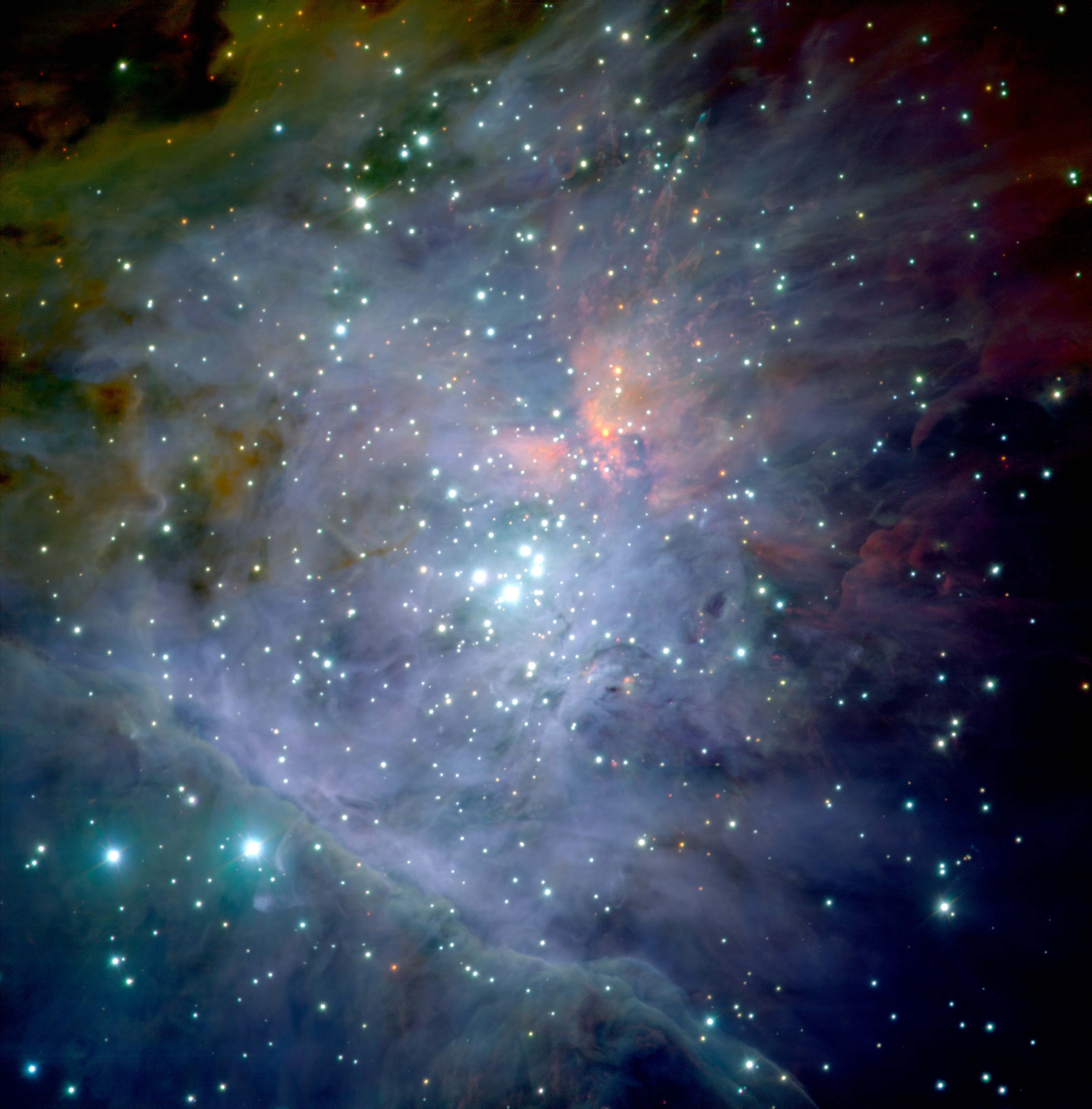
Central Region of Orion Nebula (VLT)
This color-composite mosaic of the central part of the Orion Nebula is based on 81 images from the European Southern Observatory (ESO) Very Large Telescope at the Paranal Observatory in Chile. The famous Trapezium stars appear near the center, amid the Trapezium Cluster, the...
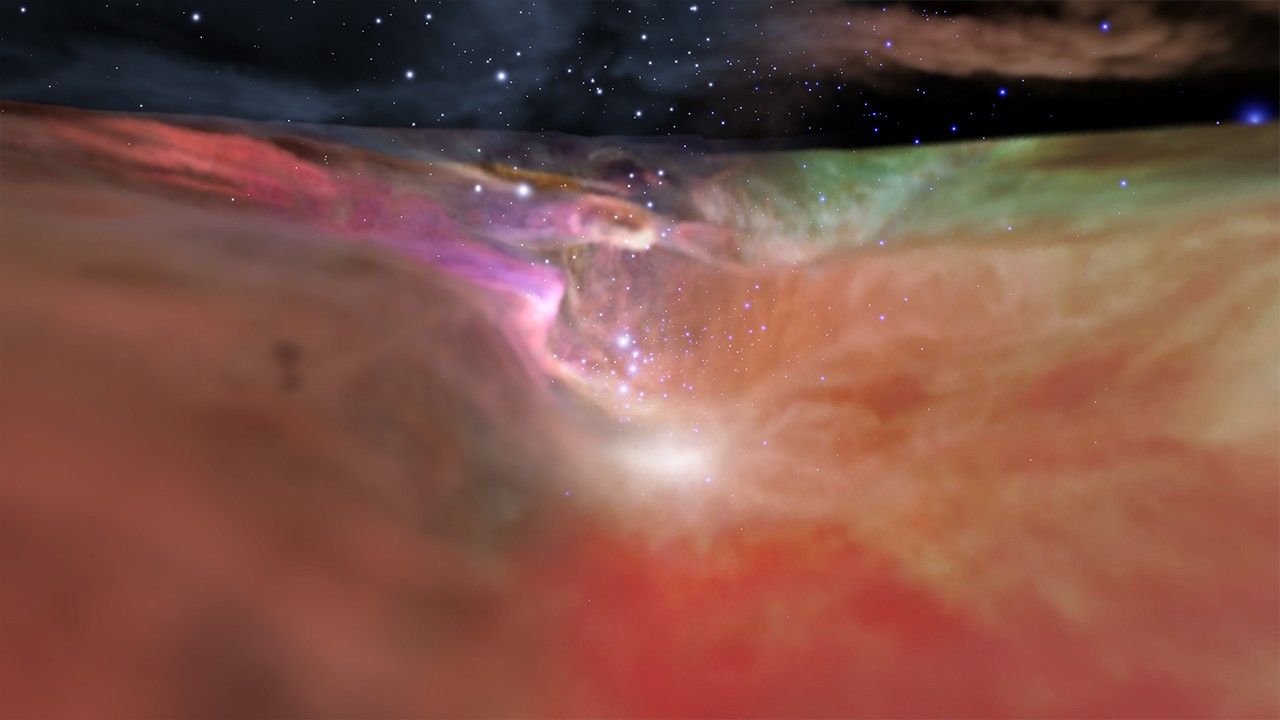
Visualization of the Orion Nebula in Visible and Infrared Light
This visualization explores the Orion Nebula using both visible and infrared light. The sequence begins with a wide-field view of the sky showing the plane of our Milky Way Galaxy, then zooms down to the scale of the Orion Nebula. The visible light observation (from the Hubble...
Share
Details
Laura Betz
NASA’s Goddard Space Flight Center
Greenbelt, Maryland
laura.e.betz@nasa.gov
NASA, Mark McCaughrean (MPIA), C. O’Dell (Rice University)




